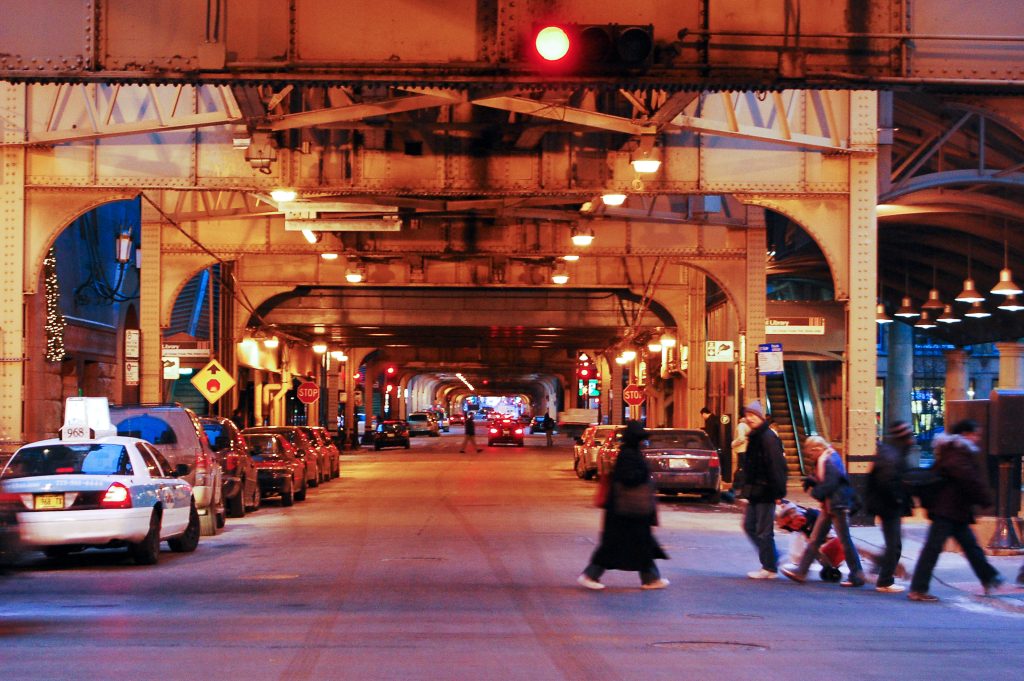A new study from the Northwestern University Transportation Center found Chicago’s red light camera program delivers significant safety benefits.
Researchers found serious right-angle and turning crashes decreased by 19 percent at intersections with cameras, and injury-producing crashes dropped by 10 percent. They also found evidence of a “spillover effect” leading to safety benefits and crash reduction at intersections without cameras.
The City of Chicago commissioned the study to evaluate its program and maximize the safety benefits.
Active Trans has consistently highlighted photo enforcement as a critical piece of a comprehensive Vision Zero approach to traffic safety. The Federal Highway Administration first recognized the proven safety benefits of photo enforcement technology in 2005.
In 2015 we were joined by physicians, traffic safety experts and victims of traffic crashes in calling on the city to perform an independent evaluation of the safety impact of individual red light camera locations.
Reckless driving is rampant in the city and there aren’t enough police officers to combat the problem. Better enforcement makes our roads safer for everyone, particularly people walking and riding bikes who are most vulnerable.
Following study recommendations, the city announced it will increase the grace period for issuing tickets from 0.1 seconds to 0.3 seconds after the light turns red. It’s also relocating cameras from six locations to new intersections within the city.
In 2015 we called on the city to bring together a Vision Zero task force and develop an action plan that brings all public agencies to the table. Last year the city established a task force and began work on a Vision Zero action plan, which is expected to be released this spring.
Cities that enforce traffic laws more consistently experience significantly fewer traffic crashes and fatalities. We also must remember that enforcement alone will not solve Chicago’s traffic safety problem. It’s most effective when combined with other proven strategies, like street design, vehicle regulations and user education.
Enforcement also must be fair and not disproportionately impact low-income communities and communities of color. Last week The Chicago Tribune published an analysis that raises troubling questions about communities of color receiving a disproportionate number of tickets issued for bike violations.

